Today, Styrofoam disposal is a critical environmental issue due to its non-biodegradable nature, posing threats to ecosystems and human health. Communities worldwide are urgently seeking solutions. So, how to get rid of styrofoam?
This article delves into strategies like recycling and mindful consumption to mitigate Styrofoam‘s environmental impact and promote sustainability.
What Is Styrofoam?
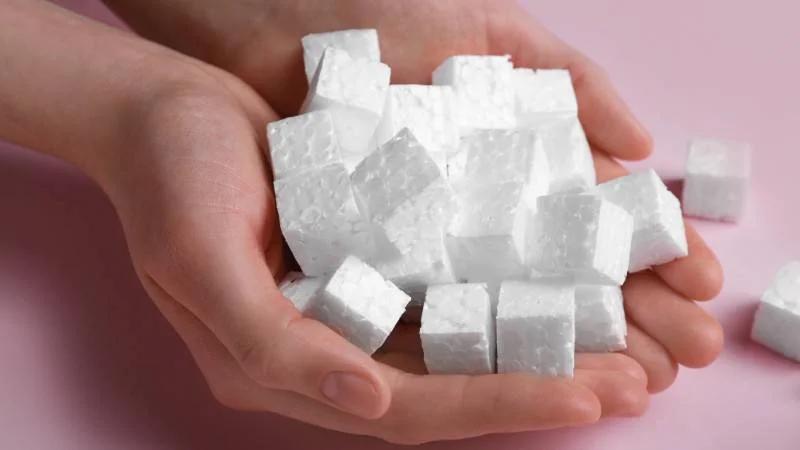
Styrofoam, a trademarked expanded polystyrene foam, finds extensive application in packaging, food containers, and insulation owing to its lightweight nature. However, its non-biodegradable composition raises significant environmental concerns, contributing to pollution and posing challenges in recycling due to its extended decomposition time.
Importance Of Get Rid Of Styrofoam
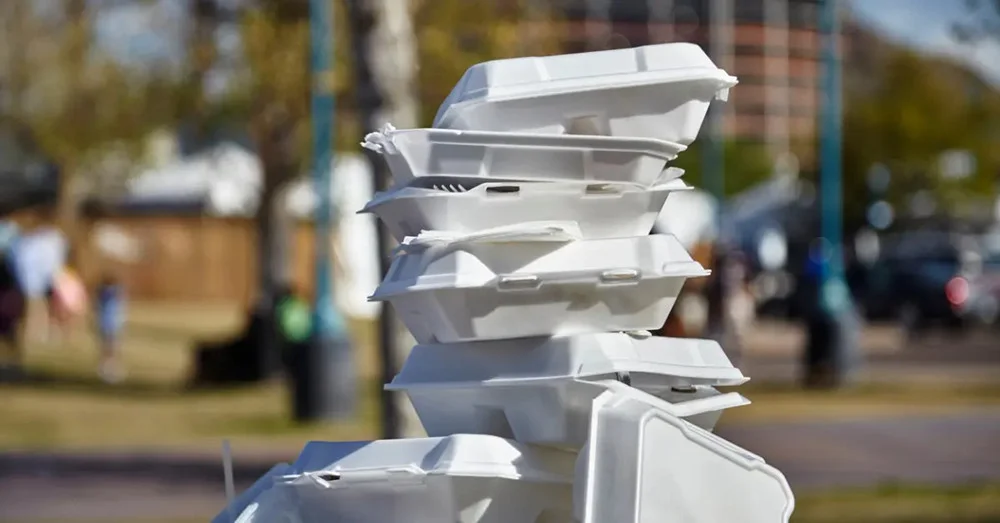
Styrofoam is actually a trademarked brand name for a type of polystyrene, a petroleum-based plastic that can be either solid or foam. The foam version, known as Expanded Polystyrene (EPS), is what we commonly refer to as Styrofoam. Much like how bandages are often called Band-Aids, Styrofoam has become synonymous with EPS.
EPS is composed of polystyrene beads. Upon close inspection, you can see that Styrofoam consists of tiny beads fused together. These beads are lightweight, strong, and provide excellent thermal insulation and shock absorption, making EPS a versatile and convenient material.
Styrofoam is inexpensive to produce, which, combined with its practical benefits, has led to a high demand for single-use Styrofoam products. However, its versatility comes with significant environmental consequences, primarily due to the large volume of Styrofoam products ending up in landfills.
According to the Environmental Protection Agency (EPA), Americans generated about 80,000 tons of Styrofoam containers in 2018, but less than 5,000 tons were recycled. Additionally, approximately 140,000 tons of polystyrene bags, sacks, and wraps were produced, with only about 20,000 tons recycled.
As a non-biodegradable material, Styrofoam does not break down naturally, making it neither untraceable nor harmless. When EPS products are discarded in landfills or littered, they release chemical pollutants and greenhouse gases, contributing to global warming.
How To Get Rid Of Styrofoam Packaging?
Throwing Away Styrofoam
1. Remove any recyclable parts attached to the Styrofoam
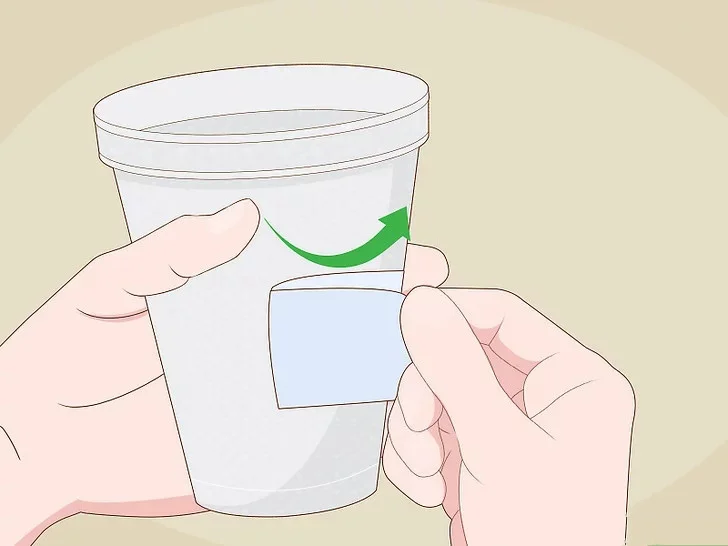
Carefully inspect your foam pieces for any attached paper, cardboard, or glass, and set these aside for separate recycling. You can place these materials in your recycling bin or take them to your local recycling center. Only foam items that are uncontaminated by food or medical use are recyclable. If you are uncertain about what your local facility can process, contact them for guidance.
2. Break the Styrofoam into smaller pieces for ease
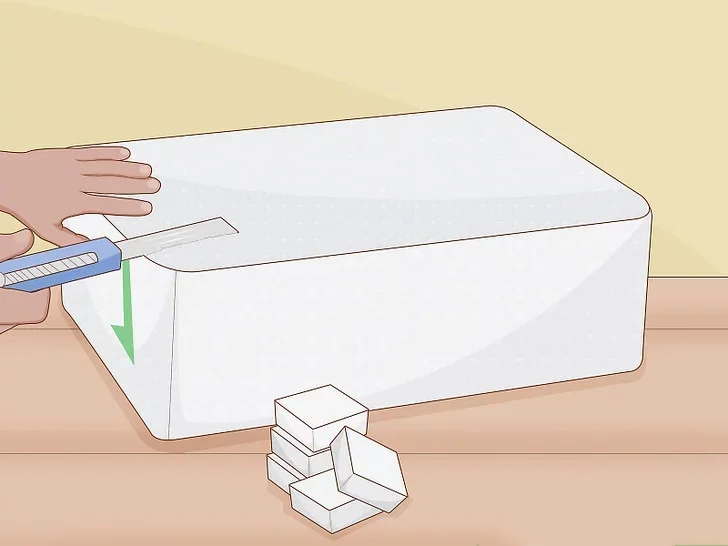
If you have large foam blocks or sheets, cutting them into smaller cubes can make disposal more manageable. By reducing the size of the pieces, you can easily fit them into trash bags.
This not only helps in organizing the waste more efficiently but also maximizes the capacity of each bag, potentially reducing the number of bags you need to use.
3. Throw the Styrofoam into your garbage bin or dumpster

This is the standard practice recommended and often mandated by local agencies. Due to the high costs associated with recycling Styrofoam, many find it impractical to allocate resources for its processing. Adhere to the guidelines provided and dispose of your foam along with your regular household waste.
Find A Foam Recycling Facility
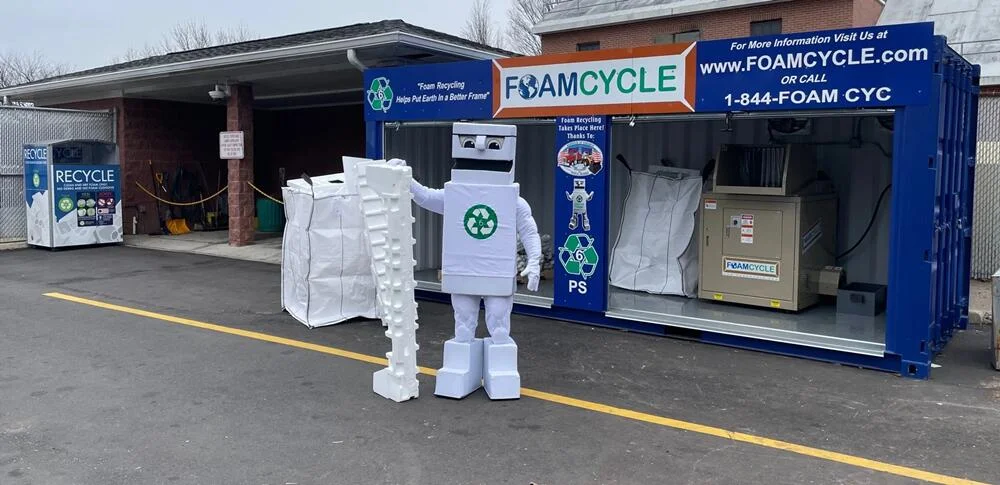
Many recycling facilities are available to help recycle Styrofoam packaging if curbside recycling bins are not an option. These facilities typically accept only clean, expanded polystyrene foam packaging materials, such as those found in food containers or protective packaging. To find the nearest facility, research online or contact your local recycling center to confirm that your Styrofoam packaging is recyclable.
Regardless of the location or option you choose, always check the recycling codes on the Styrofoam packaging to ensure it is acceptable. Styrofoam packaging can include Expanded Polystyrene (EPS) and Extruded Polystyrene Foam (EFS), each requiring different recycling methods. EPS packaging usually has an “X6” recycle code, which can be sent to a facility for reclamation, while EFS packaging has a recycle code of “NP6.” Knowing how to dispose of Styrofoam packaging according to these codes is crucial for ensuring it is processed correctly.
Use For Drainage In Potted Plants
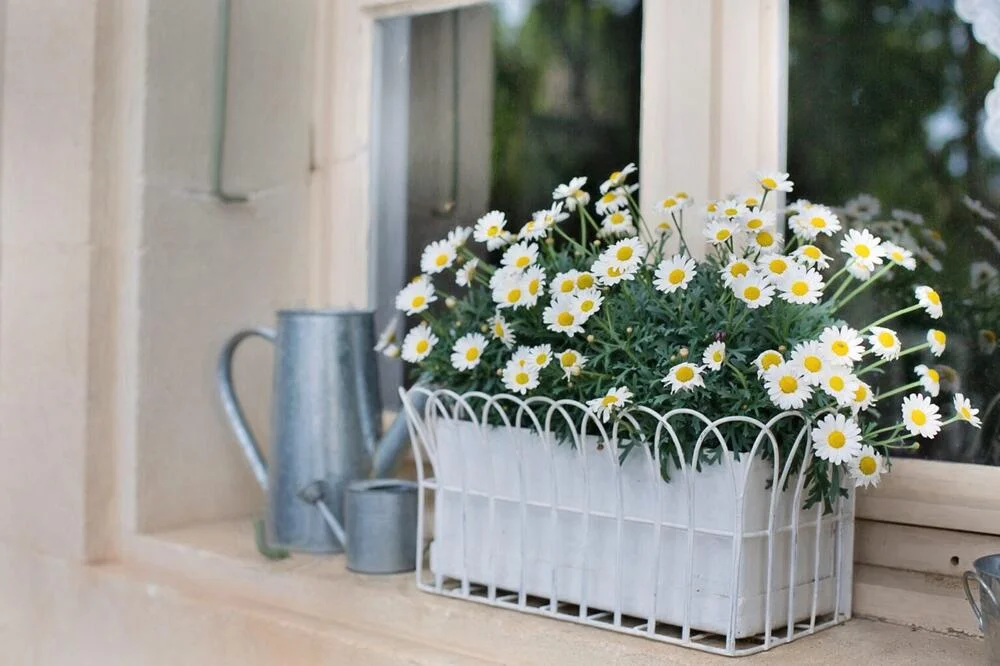
Another excellent way to recycle Styrofoam packaging is to use it as a drainage layer in non-edible potted plants or seedlings. Styrofoam is an effective and inexpensive alternative that prevents excess moisture from causing root rot. Unlike pebbles or gravel, which can make potted plants much heavier and more challenging to handle during repotting, Styrofoam is very lightweight and creates ample space for seedlings and plants.
To use this method, poke a few holes in the bottom of the pot and cover the Styrofoam with soil. For larger plants, break the Styrofoam packaging into chunks to fill the bottom of the pot or cut pieces to fit into the plant space, then cover them with potting mix.
While Styrofoam is lightweight and beneficial for gardening, it is essential to use it only for non-edible plants. Using Styrofoam packaging in this manner for edible plants can contaminate the food produced.
Mix With Acetone To Create Adhesive
Making your own adhesive at home using acetone isn’t just a clever method for recycling Styrofoam packaging; it’s also remarkably effective and budget-friendly. To create this DIY glue, immerse Styrofoam pieces in acetone for about three minutes, then remove and let them dry.
This straightforward process yields a versatile adhesive capable of bonding various porous materials like cardstock, craft foam, paper, and wood. While it may require some experimentation, the effort invested in making this homemade glue provides a sustainable solution for disposing of Styrofoam as needed.
As with any DIY project involving chemicals, safety precautions are crucial. Ensure you have safety glasses, masks, gloves, and proper ventilation before recycling your foam packaging using this method. Acetone is flammable and emits fumes that can irritate the eyes, nose, and lungs.
Store it away from heat sources, keep it sealed when not in use, and remember that Styrofoam takes centuries to decompose. Instead of discarding it, repurpose it into a versatile adhesive through recycling.
Transform Blocks Of Styrofoam Into Packaging Materials
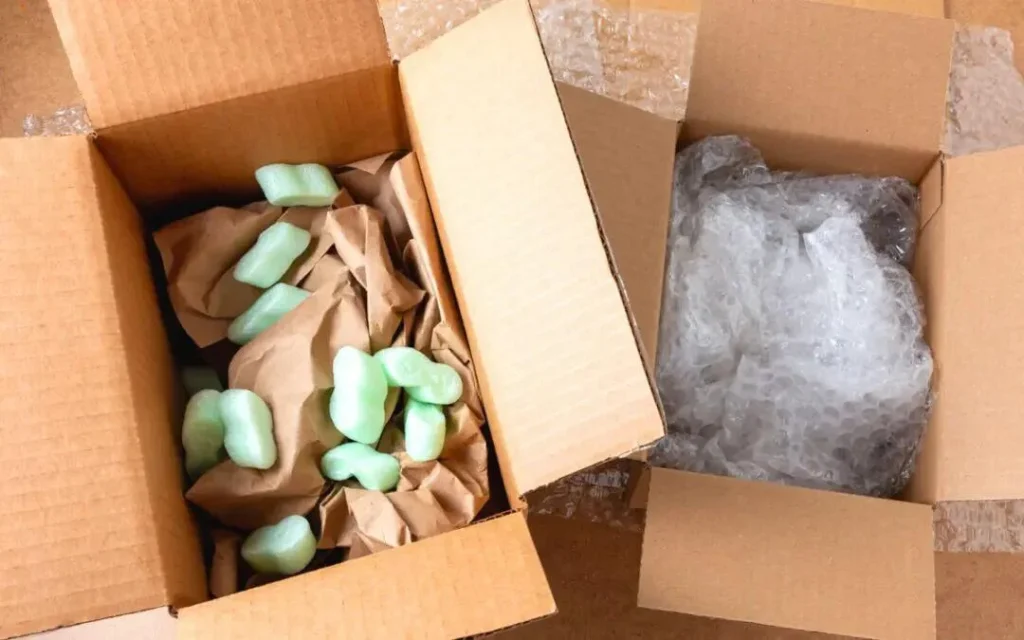
For businesses, breweries, and wineries seeking a sustainable method to recycle their Styrofoam packaging, investing in a shredder is advisable. This equipment efficiently transforms Styrofoam blocks into packing materials for reuse, offering a cost-effective solution that reduces waste volume.
Offices, warehouses, and retail stores are among the establishments that can benefit from this approach, contributing to environmental preservation. For smaller quantities, blenders serve as effective tools for converting Styrofoam into usable packing material. Begin by breaking the Styrofoam into smaller blocks that fit easily into the blender, using foam cutters, utility knives, or scissors to achieve desired shapes.
Then, activate the pulse function on your blender, toggling it on and off until you attain the desired size. While the disposal of Styrofoam packaging is ultimately your choice, utilizing a blender—an appliance many already have at home—is a practical option worth considering.
Use For Insulation
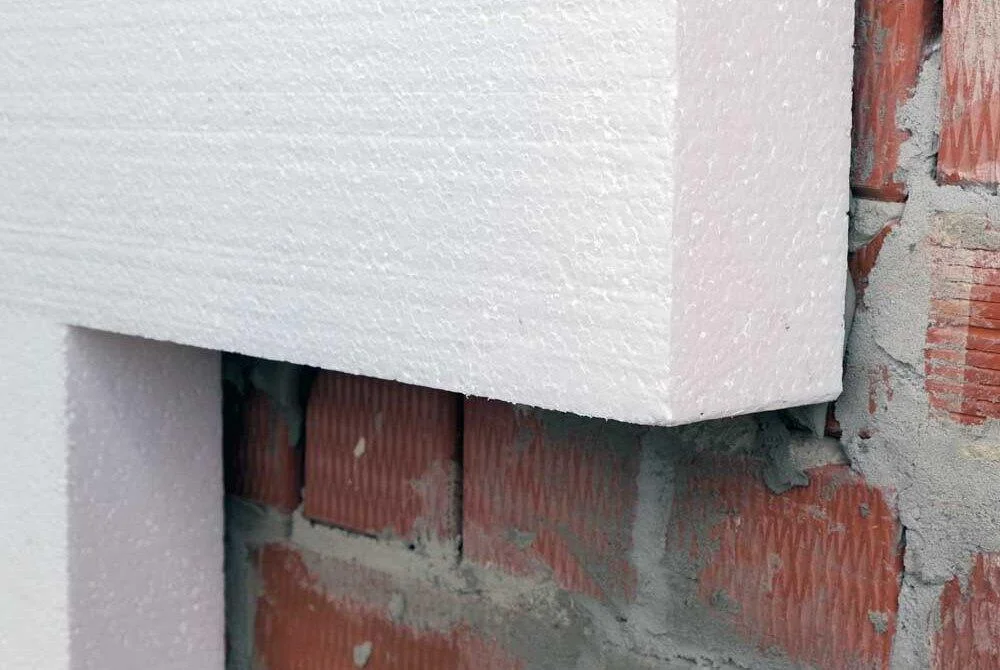
For individuals seeking to repurpose their Styrofoam packaging, insulating spaces like garages, attics, dog houses, and tool sheds presents a practical solution. Styrofoam proves resilient to extreme temperatures, making it a dependable insulation choice for both indoor and outdoor settings.
Moreover, Styrofoam offers enhanced durability and resistance to pests, such as insects and rodents. Prior to application, ensure to treat the Styrofoam with a fire-retardant solution. Given that exposed foam can act as a potent fuel source during accidental fires, fireproofing your materials is essential.
Utilizing a sufficient quantity of recycled Styrofoam packaging enables the creation of effective and economical insulation solutions. Whether opting for DIY installation or seeking professional assistance, employing the correct techniques is paramount for optimal performance.
Expertise plays a crucial role, particularly if unfamiliar with proper installation or recycling methods for Styrofoam packaging. Additionally, any surplus foam insulation remaining after completing the insulation process should be appropriately disposed of at a local recycling center to ensure eco-friendly practices.
Construct Floating Islands Using Styrofoam For Ponds
Creating Styrofoam floating islands offers an inventive and environmentally conscious approach to recycling foam packaging while fostering a thriving ecosystem. These unique constructs repurpose packaging waste from household or electronic items, providing a welcoming habitat for aquatic life.
Having DIY islands in your pond offers numerous benefits and impresses guests and friends alike. They attract wildlife, provide shelter for fish, support lush plant growth, and facilitate effective water filtration, enhancing the overall health and quality of your pond.
The process of transforming molded Styrofoam blocks into functional floating islands is straightforward. By puncturing holes in the bottom and applying marine paint to prevent waterlogging, you can convert these materials into floating platforms that seamlessly blend with your pond decor.
Craft Holiday Decorations Using Styrofoam
Crafting holiday ornaments from styrofoam presents a wonderful opportunity to infuse your seasonal decorations with a personal touch while demonstrating environmental awareness. Rather than simply discarding styrofoam packaging, why not transform it into distinctive and customizable ornaments?
This activity, suitable for the whole family, invites you to unleash your imagination by shaping festive figures from styrofoam or utilizing food containers for optimal outcomes. Add intricate designs to the surface using a pencil or similar implement, imbuing each ornament with its own distinct charm.
Embellish them with vibrant holiday hues and accentuate their shimmer with glitter glue applied using paintbrushes. For hanging on your tree or throughout your home, create a hole at the top and affix a festive ribbon. When you repurpose foam packaging with loved ones, you ignite delight in young hearts and minds.
Not only does this foster bonding, but it also introduces a delightful method of waste reduction to future generations. How you opt to repurpose styrofoam packaging can amplify the holiday spirit and reflect your individual style and concern for the environment.
Transform Styrofoam Into DIY Home Decor

Engage in DIY home decor as an innovative approach to upcycle foam packaging, a method you might not have considered before. This practice not only minimizes waste but also showcases your creative flair, revitalizing your home improvement endeavors.
Convert plain styrofoam sheets into captivating wall art or fashion visually striking decorative pieces to elevate the ambiance of your living spaces. Alternatively, carve intricate designs and apply faux finishes to fashion styrofoam into elegantly simplistic wall tiles or integrate it into furniture projects such as ottomans and headboards for an eco-conscious touch.
Crafting lightweight decor accents like styrofoam wall shelves or party centerpieces is a breeze. Repurposing styrofoam for DIY home decor epitomizes innovative thinking and provides a cost-effective means to enhance your home’s aesthetics with minimal investment.
With careful preparation and maintenance, you can fashion durable furniture and artwork that endure for years, all while responsibly managing styrofoam disposal. Dare to delve into the depths of your imagination; your ingenuity will imbue your home with sustainable elegance.
Shop Sustainable Packaging
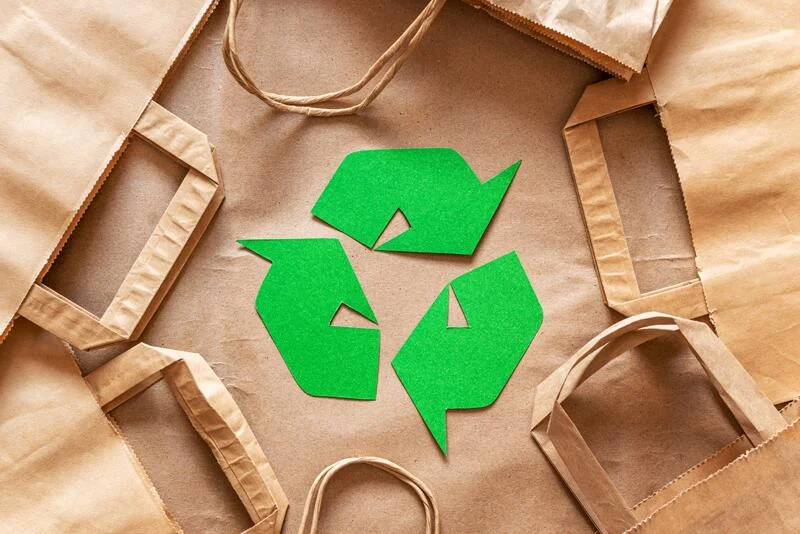
While shopping, it’s crucial to consider not just the environmental impact of your purchases, but also the packaging they come in. Seek out brands that utilize biodegradable, compostable, or recycled materials for packaging. By shopping with sustainability in mind, we demonstrate through our consumer choices that eco-friendly practices are a priority.
Conclusion
In conclusion, navigating the challenge of how to get rid of styrofoam effectively requires a holistic approach that encompasses recycling, repurposing, and reduction. Through exploring various disposal options such as local recycling programs and DIY projects, individuals can contribute to reducing the environmental impact of styrofoam waste.
